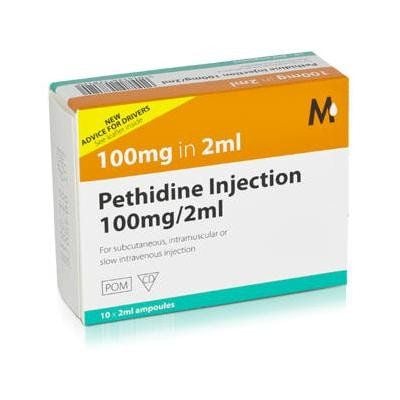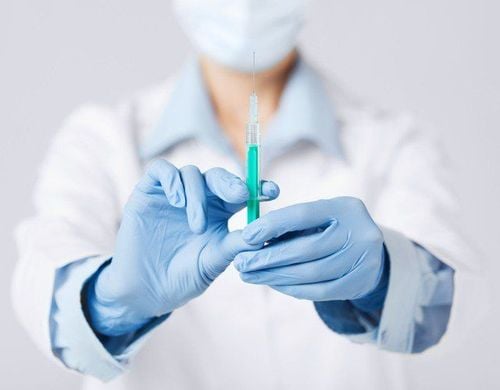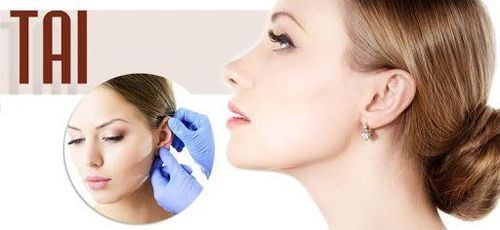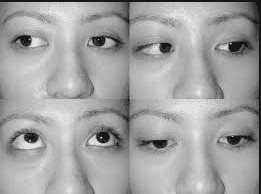This is an automatically translated article.
The article is professionally consulted by Master, Doctor Ta Quang Hung - Department of General Surgery - Vinmec International General Hospital Da Nang. The doctor has more than 10 years of experience in teaching and practicing in the field of Anesthesia.Laryngeal mask anesthesia is a technique of general anesthesia with a laryngeal mask placed for the purpose of breathing control during surgery.
1. Brain aneurysm disease
Cerebral aneurysm is a common disease in neurosurgery, especially ruptured cerebral aneurysm is an emergency condition, requiring early intervention to reduce the complication rate for patients. The percentage of aneurysms in the anterior circulation is the majority, surgery to clamp the brain aneurysm in case of rupture needs to be performed urgently.Current treatment methods for brain aneurysms include:
Medical treatment (non-surgical); Surgical treatment or clamping of the aneurysm; Endovascular therapy or coil placement.
2. Laparoscopic surgery supports aneurysm clamping
Microsurgery clamping aneurysm is a classic and widely used treatment method in the treatment of cerebral aneurysms and an important supportive method to accurately assess the surrounding structures, help place the clip. accurate and safe.Supportive endoscopic surgery can be applied in patients with aneurysms of the anterior cerebral vascular system, posterior cerebral artery system.
Aneurysm of the internal carotid artery. Posterior communicating aneurysms Anterior communicating aneurysms Aneurysms of the basilar artery Aneurysms AICA, PICA Aneurysms of the middle cerebral artery. Most types of brain aneurysms can be endoscopically assisted with microsurgery.
There is no absolute contraindication to the use of aneurysm clamp-assisted laparoscopy. In some cases of surgery to clamp aneurysms, it is difficult to use endoscopic support because there is no space for instruments and endoscopes.
3. Anesthesia mask larynx for endoscopic surgery to clamp aneurysms
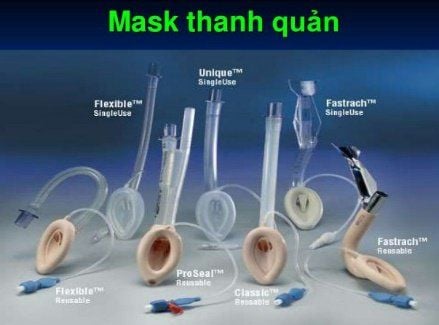
Laryngeal mask anesthesia is a technique of general anesthesia with a laryngeal mask placed for the purpose of breathing control during surgery.
This method of anesthesia is indicated in the following cases:
When intubation is difficult, especially difficult to ventilate or cannot be ventilated. Airway and respiratory control in general anesthesia for certain surgeries Temporary airway and respiratory control in the emergency department. Contraindicated in case:
Stomach full. Maxillofacial trauma complicated by trauma or infection Insufficient means of anesthesia and resuscitation.
4. Steps to administer laryngeal mask anesthesia
Position: Lie on your back, breathe 100% oxygen 3-6 l/min at least 5 minutes before induction of anesthesia. Install a Monitor Set up an effective transmission line. Pre-anesthesia (if necessary) Initiate anesthesia Perform laryngeal mask placement technique Maintain anesthesia.5. Possible complications during anesthesia

Please dial HOTLINE for more information or register for an appointment HERE. Download MyVinmec app to make appointments faster and to manage your bookings easily.






